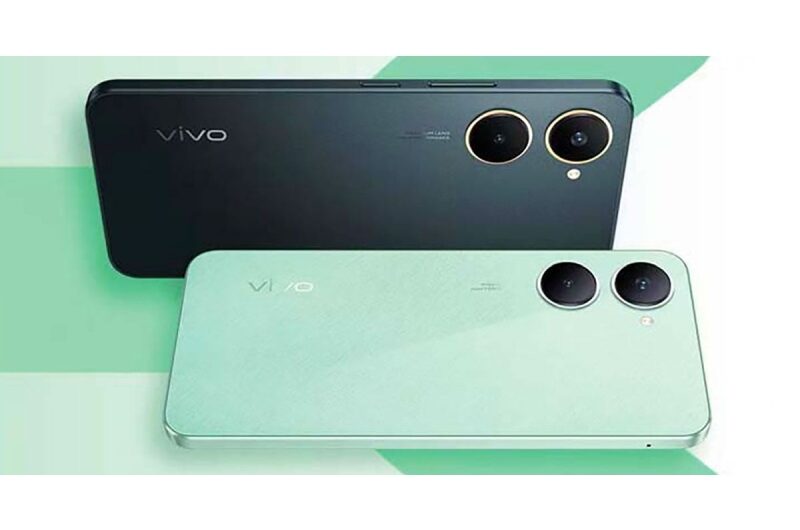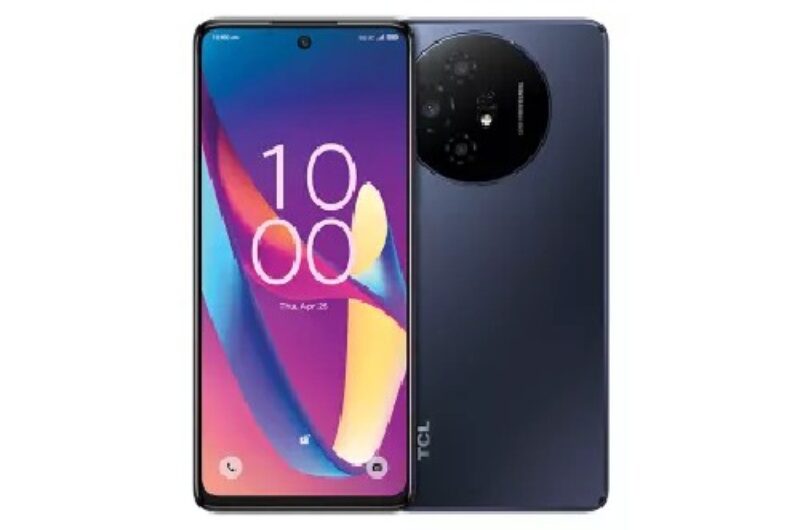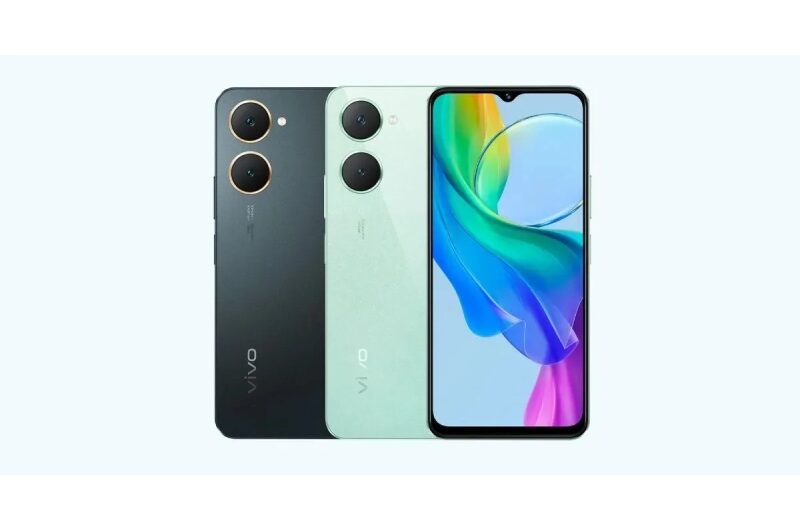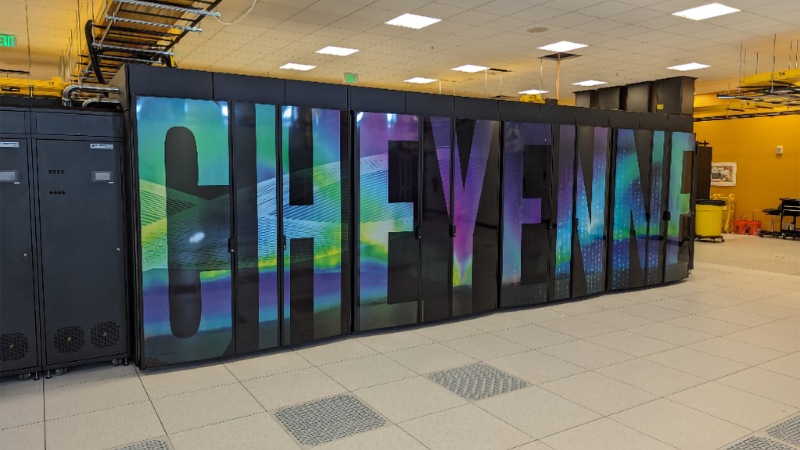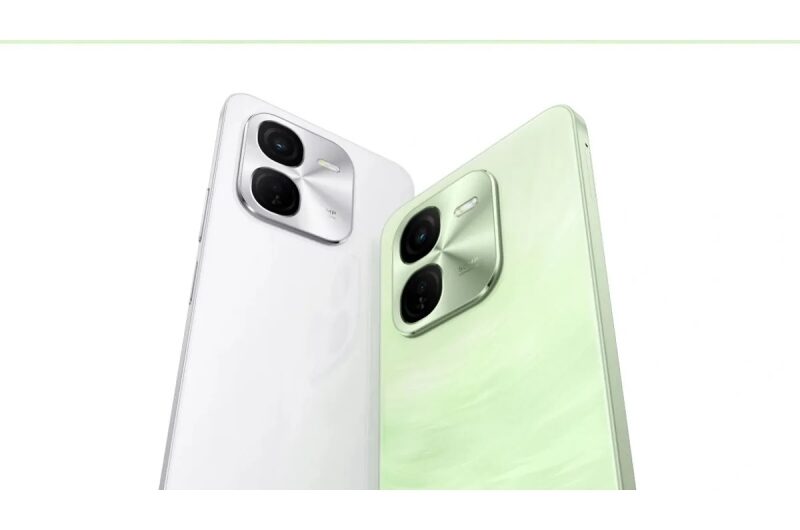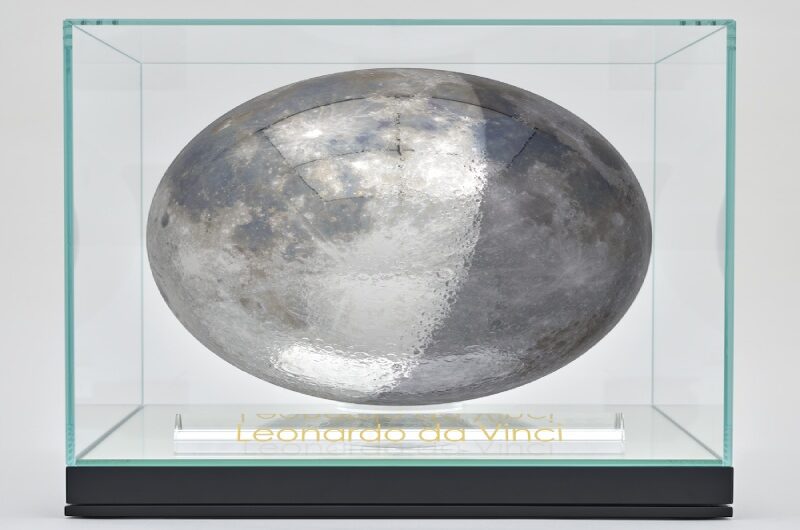Further information on the technology powering the largest, highest-resolution display in the world—which creates an immersive experience inside The Sphere, a $2.3 billion venue in Las Vegas—has been made public by Sphere Entertainment. This offers a sneak peek at what’s to come in terms of entertainment and displays for the house.
Together with advancements in silicon chip and display production, display technology has moved quickly. Home users’ screen resolutions have progressed from 2K (1993, 2MP, 1080p) to 4K (2012), 8K (33MP, 4320p, 2022), and beyond as GPU power has improved from the 1999 3Dfx Voodoo 3 to the current Nvidia 4090.
The Hitachi Vantara file system, which has 27 nodes, provides video to the 16,000 x 16,000 pixel indoor display used by the Sphere. This footage is sourced from 4 petabytes of storage, or more than 2,000 20 terabyte drives. With a sub-5 millisecond lag to the display, the video stream is sent to a network of 7thSense Actor media servers that output 4K at 60 frames per second over an IP network (SMPTE ST 2110).
This implies that in order to fit the enormous display, the Sphere is using meshed 4K (3,840 x 2,160) outputs. Dividing the two resolutions yields a 5 by 8 rounded result, meaning that forty 4K 60fps video streams are most likely needed for The Sphere.
With 464 Holoplot X1 MD-90 (90 drivers) and MD-80S (80 drivers) modules serving as the primary stage speakers up front, the audio quality is equally remarkable. Additional Holoplot arrays are positioned throughout The Sphere for effects, surround, and fill, in addition to the additional 280 Holoplots that are arranged throughout the LED show.
To put it briefly, in order to broadcast a Sphere movie at 12-bit color depth with 4:4:4 subsampling on a 160,000 square foot display (about 2.7 football fields) with 167,000 speakers housed inside 1,578 Holoplot X1 beamforming modules in front of 18,600 people, more than 400 GB of data must be transferred each second.
The exponential increase in graphics card performance and display resolution that consumers have witnessed every ten years can be attributed to Moore’s Law, which indicates that homes should be equipped with 16K technology by 2032. While you wait to discover $2.3 billion in spare coin, why not enjoy an amazing 4K OLED monitor for video and games (like this one from Amazon)?
Topics #Las Vegas Sphere #Sphere Entertainment